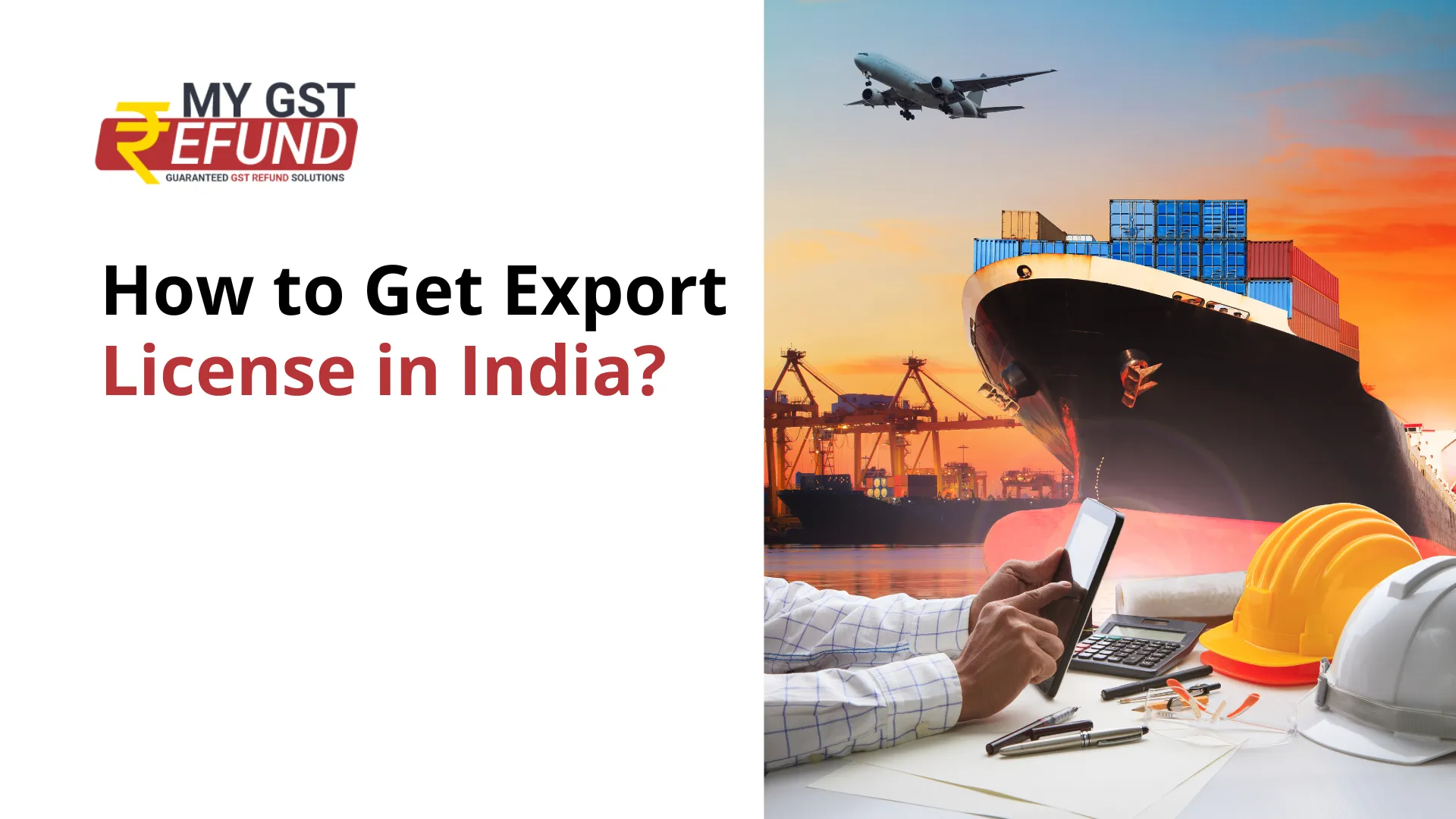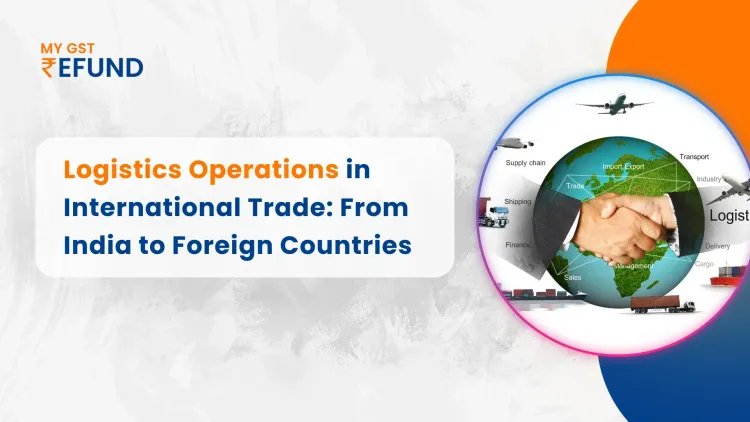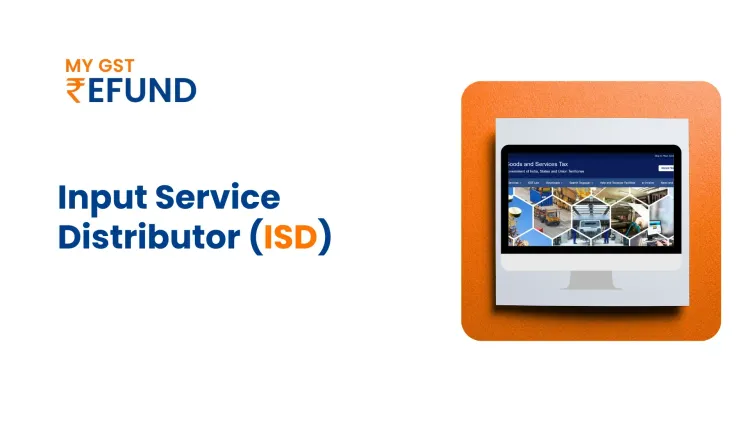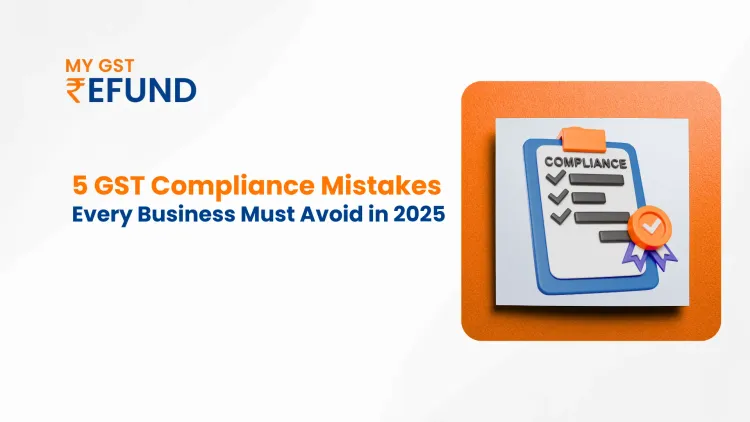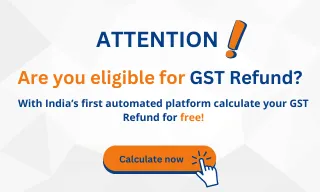An Export License is like a permission slip from the government that allows certain goods to be exported from India. To decide if a licence is needed, we use a system called Indian Trade Clarification (ITC), based on the type of goods and their classification (like the HSN code). If goods are marked as 'restricted' in this system—like live animals, certain plants, sandalwood, and silk—they require a special licence to be exported. The Directorate General of Foreign Trade (DGFT) oversees these rules to ensure everything is done legally and properly. For example, since silk is a restricted item, exporters need an Export License to send silk out of India.
All The Parties Involved When Applying for an Export License in India
When applying for an export license in India, several parties are involved in the process. These include:
Exporter: The individual or company seeking authorization to export goods from India.
Directorate General of Foreign Trade (DGFT): The government body responsible for formulating and implementing foreign trade policies in India. DGFT oversees the issuance of export licenses and ensures compliance with export regulations.
Administrative Ministries/Departments:Depending on the nature of the goods being exported, specific administrative ministries or departments may be involved in processing export license applications. These ministries or departments may request additional documentation or provide comments/recommendations on the application.
Export Promotion Councils (EPCs): EPCs play a role in promoting and facilitating exports from India. They may provide guidance and support to exporters during the application process.
Customs Authorities: Customs authorities are responsible for verifying the export documentation and ensuring compliance with customs regulations before allowing goods to be exported.
Jurisdictional Regional Authority (RA): The RA is responsible for issuing the export license to the exporter upon approval from the DGFT. They may also provide assistance and guidance to exporters during the application process.
Consultants/Legal Experts: Exporters may seek assistance from export consultants or legal experts to navigate complex export regulations and ensure compliance with export laws.
These parties work together to facilitate the issuance of export licenses and ensure that export activities adhere to regulatory requirements.
Easy Steps to Apply for an Export License with DGFT
Applying for an Export License with the Directorate General of Foreign Trade (DGFT) is a straightforward process that can be completed online. Follow these easy steps to initiate your Export License application:
- Visit the DGFT website and navigate to the ‘Services’ section.
- Select the ‘Online ECOM Application’ option.
- Choose ‘Restricted Item Import License/Restricted Export Item’.
- Fill out the online application form with all required details, ensuring accuracy and completeness.
Submit the completed application online. - Email a copy of the application to export-dgft@nic.in in PDF format for verification.
- Await further instructions or communication from the DGFT regarding your Export License application status.
By following these simple steps, you can start the process of obtaining an Export License efficiently and hassle-free.
Essential Documents
To get your Export License smoothly, make sure you have these documents ready:
Profile Form (ANF-1): Fill out this form with accurate details about your business.
Export License Application (ANF-2N): Use this form specifically for applying to export restricted items.
Purchase Order/Contract: Provide documents showing your agreement with the foreign buyer.
Proof of Online Payment: Show that you've paid the application fee online.
PAN Card Copy: Include a copy of your PAN card for identification.
Identity Proof: Submit a copy of a valid ID.
Address Proof: Provide a document verifying your business address.
Bank Certificate or Cheque: Show proof of your banking details.
NOC for Rental Property: If you rent your business space, include a No Objection Certificate from the landlord.
Having these documents ready will make your Export License application process easier and more likely to succeed.
Standard Procedure for Obtaining an Export License
Step:-1 The exporter submits the application along with supporting documents through email to the export cell.
Step:-2 The export cell conducts a pre-screening of the application within 3 working days.
Step:-3 If the applications meet all the requirements then it is forwarded to concerned authorities.
Step:-4 If any discrepancies are found,a deficiency letter are issued to the exporter within 3 working days.
Step:-5 Exporter must respond to the deficiency letter.
Step:-6 The concerned ministry provides their views on application within 30 days.
Step:-7 Approved applications are presented to the EXIM facilitation committee[EFC] during its monthly meeting.
Step:-8 Upon EFC approval,the export cell at the DGFT headquarters prepares an authorisation letter and sends it to the exporter.
Step:-9 A copy of the authorisation letter is forwarded to the jurisdictional regional authority[RA] of the DGFT.
Step:-10 Exporter presents the permission letter,application,and supporting document to the RA.
Step:- 11 RA issues the export license to the exporter within 3 working days.
Step:-12 Entire process ideally should be completed in 30-45 days.
Conclusion
In conclusion,obtaining an Export License in India involves navigating through a structured process overseen by the Directorate General of Foreign Trade (DGFT). It begins with the exporter submitting their application and required documents. After initial screening and potential clarifications, the application progresses through government channels and is reviewed by the EXIM facilitation committee. Once approved, the DGFT issues the authorization letter to the exporter, who then receives the export license from the regional authority. This process, ideally completed within 30-45 days, ensures compliance and enables legal export of goods from India.
Also Read:Navigating the Customs Duty on Imported Goods
Related Posts




